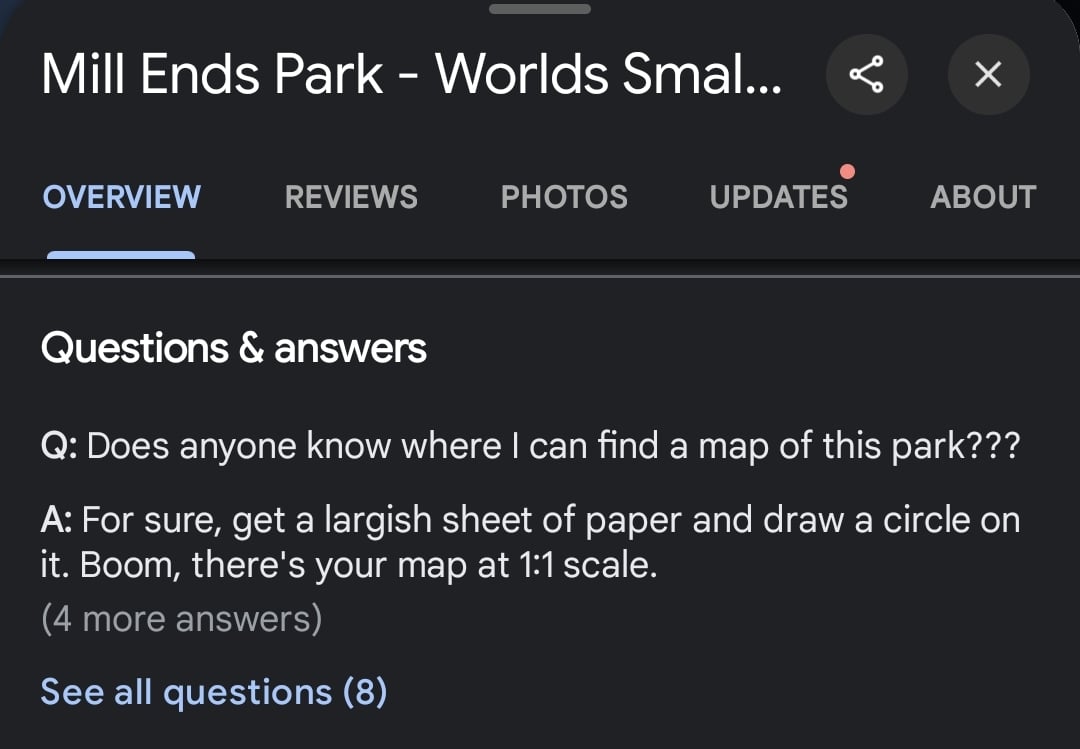The actual reason: Gasoline prices in the United States were customarily displayed in cents per US gallon (about 3.8 litres). This means the sign originally read something like "15", which meant $0.15 per gallon. Since the US has also a long history of pricing things in 9 or 99 (due to the psychological effect of such pricing), many service stations appended the extra 9/10 at the end to indicate 9/10 of 1 cent, which was a more meaningful price difference when the price of fuel was 15 or 25 cents and not two or three dollars. Legally, although the smallest cash denomination in the US is one cent, the US dollar can still be nominally divided into 1,000 "mills" for accounting purposes.
Inflation has caused the price of gasoline to rise, and when it passed $1 per gallon, service stations continued the same pricing traditions by just adding a third digit to the number. When digital price displays came on the scene, many of them continued to just display a three-digit number with the traditional 9/10 at the end, i.e. 123 9/10
New displays seem to have gotten rid of this tradition and just display a three-digit decimal number, i.e. 3.45 or 4.56.





I think you're overthinking it slightly.